Why Persian Rugs Are The Unsung Heroes Of Live Music Stages
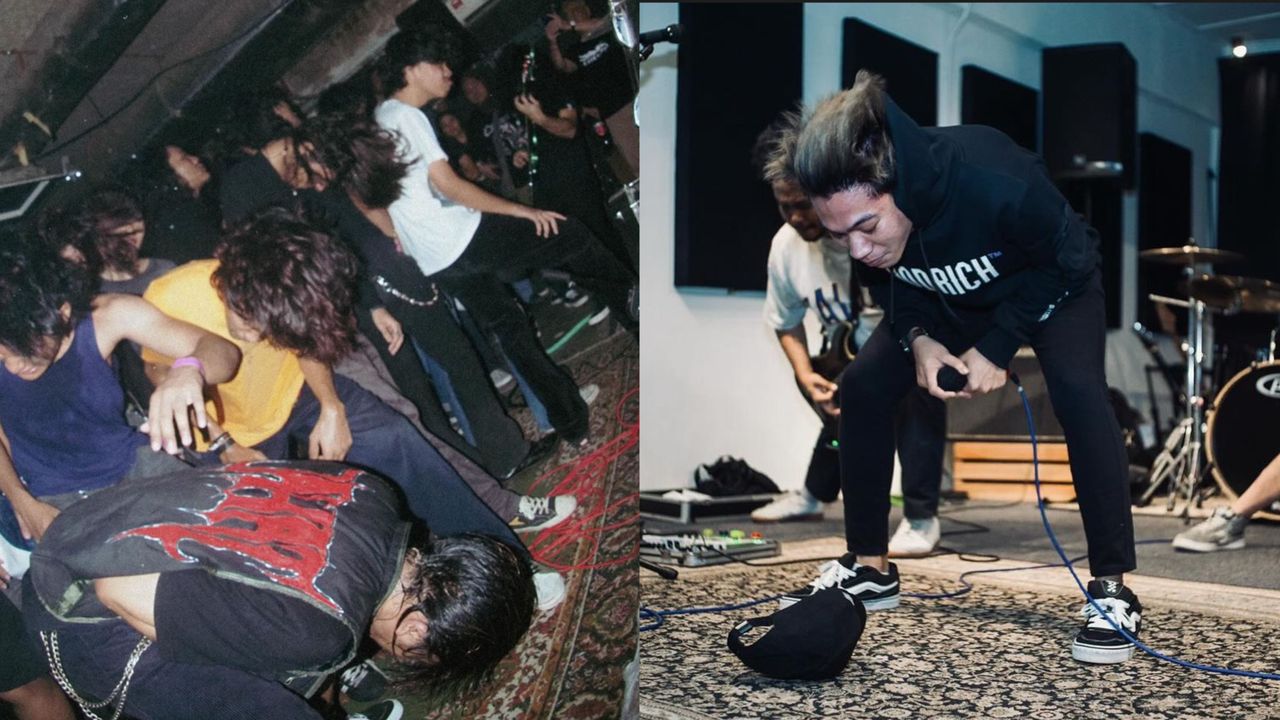 Thirsty for JUICE content? Quench your cravings on our Instagram, TikTok and WhatsApp
Thirsty for JUICE content? Quench your cravings on our Instagram, TikTok and WhatsApp
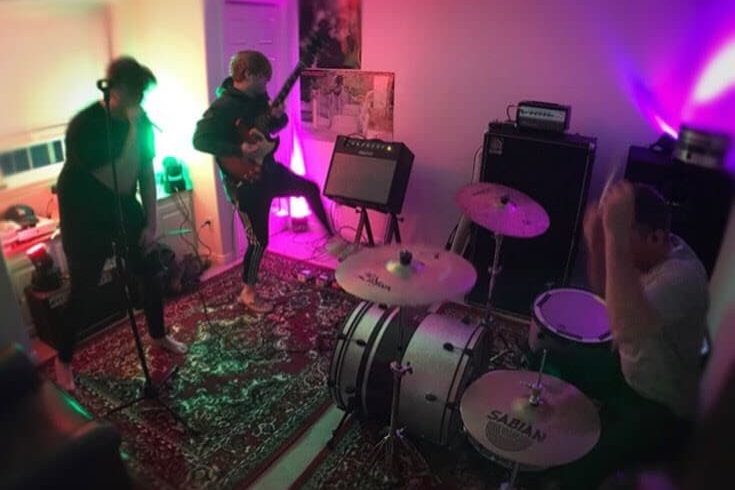
Step into almost any indie venue, and you’re likely to see the telltale sign of a gig about to hit its groove—a well-worn Persian or Oriental rug splayed centre-stage, tangled wires snaking over its edges, and amps resting comfortably in its threads.
While some might dismiss these carpets as mere set dressing, the truth is they serve a powerful function in live music. From sound quality to aesthetics, these intricate textiles have become a beloved part of the music scene, transcending genres and decades.
So, let’s roll out the reasons why Persian—or kilim—rugs have become a gig-night must-have, from utility to a dash of good old rock star mystique:
Note: To the boomers who already know the score and might be ready to call us out for being newbies (or posers): Relax. Not everyone got to start a flop indie band in the ‘90s.
View this post on Instagram
1. Soundproof Swagger
The first and perhaps most practical reason for the Persian rug’s omnipresence on stage is that it’s an unsung hero of sound quality. When you’ve got a stage covered with metal stands, wooden floorboards, and concrete walls nearby, sound can bounce around in all the wrong ways.
Persian rugs, with their dense fibres and thick padding, absorb unwanted vibrations and reflections, which keeps bass frequencies from muddling the mix and tempers sharp notes from turning into painful feedback. Sound engineers are fans of this trick: Rugs help the crowd hear what they should be hearing, not an echoey mess.
Another small but mighty acoustic benefit? The rugs can even help with footwork. Guitarists, vocalists, or drummers can stomp around without creating an additional, unwelcome layer of thud and thump that might otherwise bleed into the PA system. A subtle perk, but when you’re dealing with live sound, every decibel counts.
View this post on Instagram
2. Keep Your Footing (And Your Gear)
Live performances are an unruly mess of cables, wires, pedals, and equipment just waiting to get tangled or tripped over. Enter the Persian rug: A natural “home base” for all the gear, helping musicians keep track of their ever-growing web of cables.
It’s also a tactile reminder of boundaries. Musicians know to keep to the rug’s edges, which creates a kind of invisible barrier to keep them in performance mode and stay connected with their gear.
And when the gig takes a high-energy turn, the rug prevents stands and pedals from skidding around—a particularly crucial aspect when things get chaotic mid-performance. With all that grip and no-slip surface underfoot, it isn’t just cosy; it’s bloody practical.
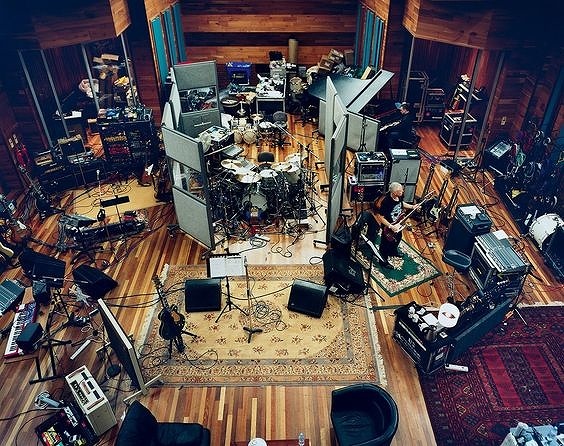
3. Funky Floorboundaries
On the subject of boundaries, these rugs do something fascinating: They define an otherwise abstract, open stage. Aesthetically, Persian rugs lend a warm, bohemian vibe to an often stark platform, inviting the audience into the musician’s world without a “real” wall or boundary.
But by providing a dedicated, patterned focal point, rugs subconsciously say, “Here’s where the magic happens. But back the f*ck up unless you want to get headstock-ed in the face.”
They create an informal perimeter that separates the band from the crowd but in a way that still feels welcoming and inclusive—like a fireside chat… But louder and with more distortion.
View this post on Instagram
4. Aesthetic Anarchy
Rug aesthetics, with their intricate patterns and rich colours, often complement the gritty, rebellious style of rock and alternative musicians. A Persian or Oriental rug radiates warmth and an old-world charm, but it also creates a psychedelic effect that fits beautifully with the grungy, edgy vibe of underground music venues.
Whether consciously or not, artists use this centuries-old design to suggest a mix of chaos and elegance—qualities that align perfectly with the spirit of rock, punk, and metal.
The aesthetic of a rug may also subtly call to mind counterculture. Many musicians want to appear as if they’re conjuring their sound from a cluttered bedroom or a dusty basement jam session rather than a sterile, corporate stage.
In this sense, the rug is a tiny, patterned rebellion against polished production. The rug, with its almost mystical appeal, lends a touch of nomadic artistry, almost like an air of “We could pick up and play anywhere.”
Edgelord musicians 4L.
View this post on Instagram
5. Musical Footprints
The tradition of musicians using Persian rugs also likely owes a lot to the big names who popularised it. Take Led Zeppelin, for example: Legend has it that Jimmy Page was rarely seen without a rich rug beneath his amp, creating his own acoustic “bubble.” Pink Floyd, too, used them liberally during performances, as did the Grateful Dead, enhancing that Woodstock vibe of organic sound and visual stimulation.
More recently, artists like John Mayer and even the Arctic Monkeys have kept the tradition alive, choosing rugs for their grounding and aesthetic value.
It’s also impossible to ignore the rug’s connection to Eastern influence on rock music, especially in the ‘60s and ‘70s when bands like The Beatles, Led Zeppelin, and The Rolling Stones were infusing Indian and Middle Eastern sounds and spirituality into their work.
In a sense, the Persian rug became shorthand for rock’s fascination with “exotic” mysticism, grounding Western music in something symbolically ancient and expansive. Yeah, basically the leather jacket of live music.
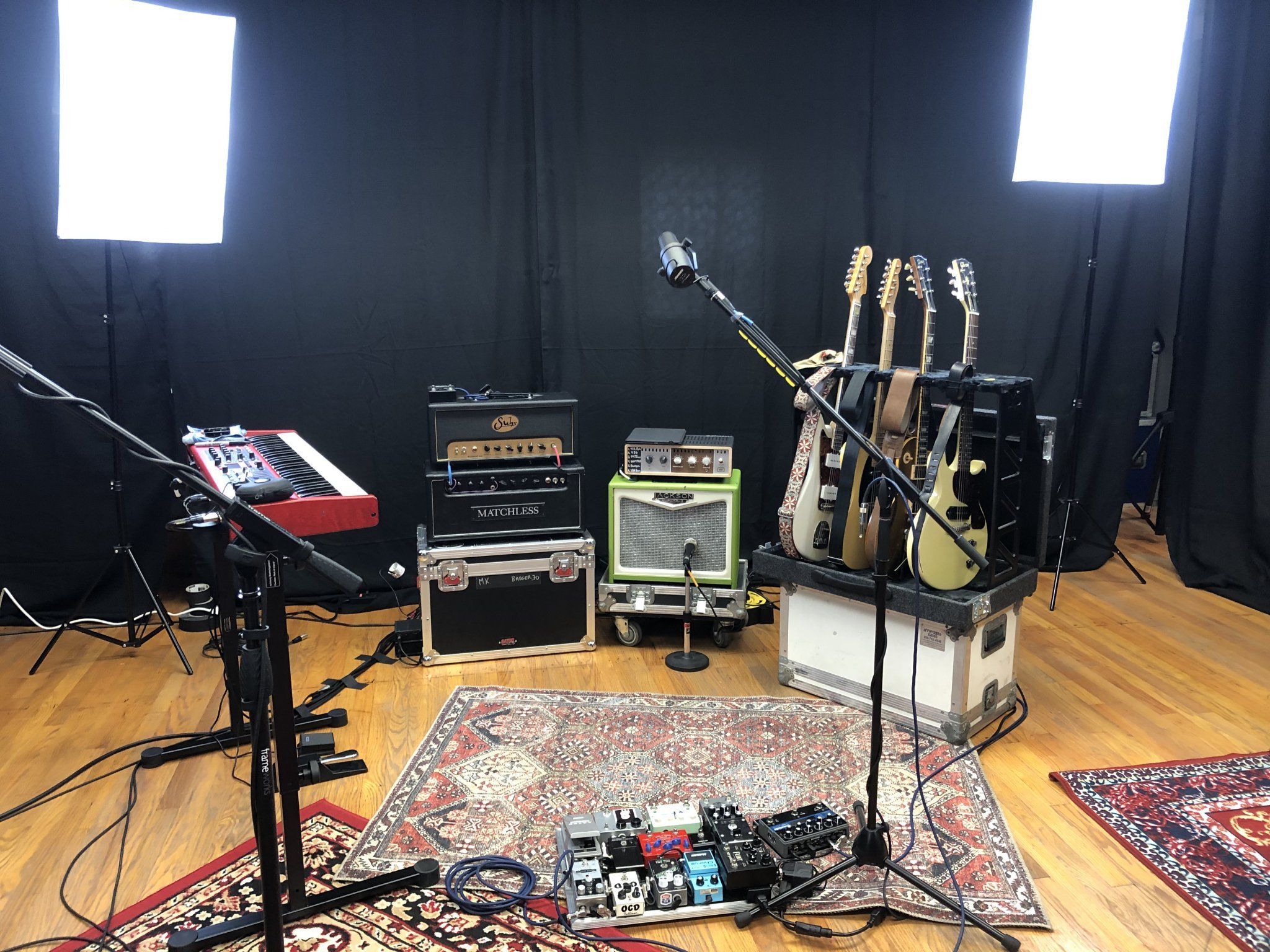
6. Tread Lightly? Not On These Rugs
Next, we know Persian and Oriental rugs are woven to be incredibly durable, often designed to withstand heavy foot traffic, making them ideal for stage use where there’s a constant flow of movement, stomping, occasional instrument drops, and vomit. Yeah.
You chuck that thing to the dry cleaner’s and it comes back looking freshly store-bought. You’ve got at least a decade before Abe Mat’s night of heavy boozing starts seeping through the fabric.
So yeah, their dense weave and high-quality materials help them resist wear and tear, which is why they’re such a hit with gig venues. Unlike many other types of decor, these rugs become more appealing with age, even adding a hint of rugged charm after years of use—a look you just can’t achieve with newer, synthetic rugs!
View this post on Instagram
7. Home Sweet Stage
Persian rugs add an inviting and cozy feel to any space, transforming even the grittiest venues into spaces that feel like a second home. Venues like Behave Ampang, which refers to itself as a “living room away from your living room,” leverage Persian rugs to achieve this vibe, making the setting feel comfortable and familiar for both artists and audiences.
The rug acts as a psychological comfort, offering a grounded, relaxed atmosphere. This can be especially grounding for performers, helping them feel connected to the audience while easing the transition into performance mode.
In today’s digital age, with slick production and polished visuals, this human touch is especially magnetic.
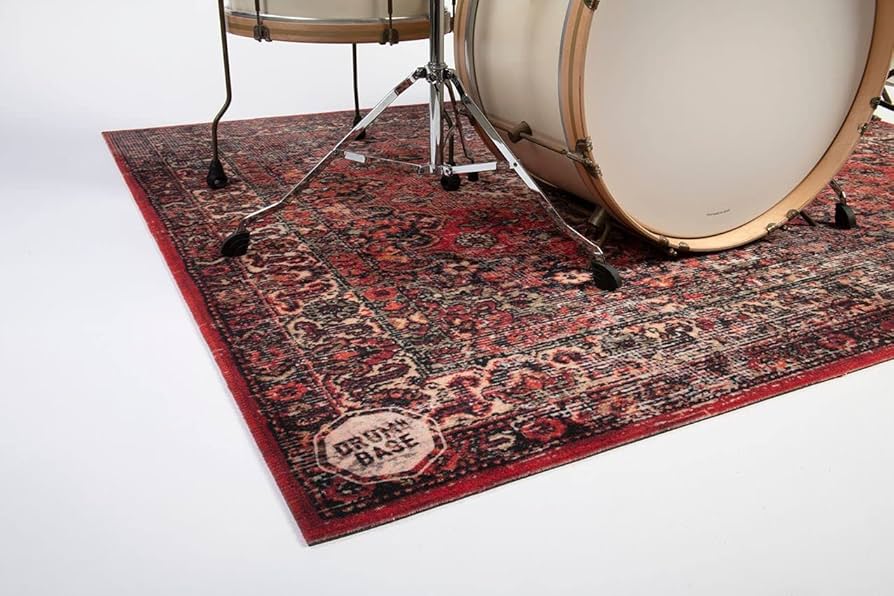
8. Persian Rugs Rock.
That’s it. That’s the subhead. Instead of wondering why musicians use these rugs, maybe the real question is, why the hell wouldn’t they?
They’re badass, traditional, visually striking, somewhere on the hem of rock ‘n’ roll spirit and a taste of home.
So there you have it—whether they’re soaking up sound waves, grounding the artist, or just catching a bit of spilled whiskey, next time you spot a Persian rug beneath the amps, you’ll know that it’s a time-honoured staple, a piece of tradition, and a nod to the unfussy elegance that keeps the raw, beating heart of live music alive.
Because in the end, these rugs are here to rock… And roll with the best of ’em. Ba Dum Tss.


 Get Audio+
Get Audio+ Hot FM
Hot FM Kool 101
Kool 101 Eight FM
Eight FM Fly FM
Fly FM Molek FM
Molek FM

